Red Gums: Your Guide to Eliminating Them for Good
Having Red and swollen gums is just the pits. And what about when they bleed?!
Most of us at some point in our lives deal with these 3 dental problems on a daily basis and put up with them like they are the norm!
But the fact is, your gums shouldn’t be red, swollen or bleeding.
Healthy gums should be free of all those symptoms while you brush, floss and eat!
If you are experiencing redness, swelling and bleeding around your gums, there are some simple techniques and routines that you can use to combat these annoying occurrences.
Want to know how to treat these gum related issues and improve your dental health in the process?
Continue reading to find out more…
Jump to Contents
What are the Reasons for Red and Swollen Gums?
The primary cause of red, swollen and bleeding gums are the early stages of gingivitis.
It typically develops due to plaque buildup, oral infections, hormonal changes and malnutrition.
If your gums are red, puffy, and bleed during brushing, it is usually a sign that something is wrong as your gums shouldn’t bleed during brushing.
- Plaque Buildup
- Poor oral hygiene practices
- Hormonal changes due to pregnancy, puberty, menstruation, or menopause
- Mouth ulcers and canker sores
- Oral infections
- Vitamin deficiency
- A poorly fitted dental appliance such as dentures
- Recent dental treatment such as tooth extraction
Other common causes include irritation due to allergic reactions, burns, and misaligned teeth.
What Are Common Causes of Red and Swollen Gums in Toddlers?
When toddlers develop red and swollen gums, the cause is usually plaque, gingivitis (gum inflammation) or gum injury.
Your child’s gums can also become red and swollen when they are too dry.
This can occur when allergies and colds develop which force your little bundle of joy to breathe through their mouths.
Learning how to take care of your child’s teeth is something that will make a huge difference later on. Patience and consistency are required, and I know how painful it can be, believe me!
Focus on little wins every day, this will help you pull through those difficult days when your child is saying ‘NO!’ to everything and everyone.
What Are Causes of Red and Swollen Gums in Babies?
Babies commonly experience red, irritated gums during tooth eruption.
The swollen areas are usually firm, indicating that the tooth is coming through.
If the gum tissue turns blue or bright red, however, parents should bring their infant to the dentist as soon as possible.
Recommended Ways to Treat Red and Swollen Gums
The correct treatment for red and swollen gums requires you to identify the cause first.
If the issue is plaque buildup due to poor oral hygiene, start brushing and flossing regularly.
Brushing Your Teeth
When brushing, try not to apply too much pressure. Let the toothbrush do the work and just guide it in the right direction.
A soft toothbrush is always recommended by dentists as it will massage your gums as you clean.
Two to three minutes is a reasonable timeframe to stick to, and you should aim to clean your teeth twice a day, once in the morning and once in the evening before heading to bed.
Flossing
Flossing your teeth should really be done at least once a day.
If you can do it twice a day then that is wonderful, your teeth and gums will be smiling at you.
However, if you can manage to floss once a day consistently, it will prove to be more effective then someone who flosses twice a day, here and there.
Consistency is vital, and you will see the benefits of a good dental hygiene routine in no time at all.
Flossing is not the only way to get in between those teeth of yours.
There are dental products called interdental picks or brushes. These little gems do a fantastic job of removing food debris and plaque build-up that your toothbrush can’t get to.
The main thing to remember when brushing, flossing or using an interdental pick is to be soft and gentle with your actions. Your gums will love you for it!
Routine Dental Check-ups
Making an appointment or dental check-up with your dentist every 6 months is the next preventive measure you can take to reduce your gums being red, swollen and bleeding.
It will allow your dentist to inspect and clean your teeth, checking for any threat of cavities or tooth decay that might be lurking.
A dental check-up will reduce your chances of mouth-related problems, dramatically and there have even been links between the state of your gums and your health.
So it’s important to schedule your dental appointments in ahead of time.
New Medication Can also Cause Issues for Your Gums
If you started taking a new medication and noticed your gums become red and swollen, it could be a sign that something is not right.
Speak to your doctor about possibly changing your dosage or prescribing an alternative to what you are currently taking.
Crowns
When the gums around a dental crown become inflamed, it may be due to a few reasons like:
- Poor oral hygiene.
- A loose or poorly fitted crown.
- Excess cement used to attach the restoration.
- Tooth decay.
- Periodontal disease.
In any event, a visit to your dentist is in order so that they can diagnose and treat the problem.
Wisdom Teeth
When your wisdom teeth start to erupt, there isn’t always enough room for them to breakthrough.
When this happens, a partial eruption can create a flap of tissue beside the tooth.
This flap can trap food debris, creating bacteria and resulting in a condition called pericoronitis.
Tooth Extractions
While most tooth extractions do not have continuing complications, there can be the odd case where issues do occur.
Sometimes, if a blood clot doesn’t form properly, a gum infection can develop at the extraction site.
This can happen if you eat hard foods or there is a suction problem with the blood clot during the recovery stage.
Bacteria can enter the hole in the gum, accessing your bloodstream and causing an infection.
Braces
When you first get braces, some irritation and swelling are usual.
As your teeth gradually change position, it causes tension and pressure, but over time it will subside.
Extended periods of swelling can be a sign of other problems too.
Gingivitis from hidden plaque and “gingival enlargement”, which occurs when there’s an increase in gum cells.
The latter condition is usually hereditary or the result of a medical condition, but gums can become irritated by braces and swell.
Extended periods of swelling and pain warrant a visit to your dentist.
Fillings
When your gums swell after a dental filling, it is generally due to acute inflammation of the tooth.
Such inflammation is a typical response to dental work and should subside over time.
If it doesn’t, chronic inflammation may be the issue. See your dentist to determine if more treatment, such as a root canal, is necessary.
Brushing and Flossing
Red and swollen gums are an inflammatory response, usually due to plaque buildup.
Failure to brush and floss regularly causes food and debris to become stuck between your teeth and under your gums. When this happens, they decompose and cause infection.
If your gums are red and puffy, they will bleed and swell even more when delicate pressure (i.e. brushing and flossing) is applied.
Good dental hygiene practices will gradually end this issue.
Root Canal
Infection sometimes does set in after root canal treatment and is usually because of one of the following causes:
- Infected root canals accidentally left untreated, causing an abscess in the gums.
- Roots that fracture during or after root canal treatment.
- Broken or leaked sealing material that allows bacteria into the root canal.
Although some swelling after oral surgery is normal, if you feel any extended redness and discomfort, that is a reason to see your dentist.
- Plaque buildup along the gumline, causing gingivitis.
- Vitamin C deficiencies.
- Mouth injury.
While any damage to your gums and teeth should always be checked by a dentist. Also, consider adding more Vitamin C to your diet as well.
How Do You Stop Bleeding Gums?
The best way to stop the bleeding is to remove plaque buildup from your teeth.
Scheduling an appointment with your dentist every 6 months is a great start.
This will keep you on track, and you’ll most likely be able to counter any first signs of dental problems that may arise.
But going to your dentist is really just the tip of the iceberg so to speak.
The time you take to look after your teeth between those trips to the dentist is what matters the most.
If you are consistent and gentle in your approach to dental hygiene, it will surely make the difference over the long run.
Bleeding Gum Treatment Options
Your first line of defence against swollen and bleeding gums should always be a consistent dental hygiene routine.
Visiting your dentist twice a year is the next important step in protecting yourself against teeth and gum related problems.
Having regular dental check-ups will assist your dentist to pinpoint the cause and advise you on the best treatment plan.
Such Treatments may Include:
- Plaque and tartar removal.
- Scaling and root planing to remove to slow down the development of gum disease.
- Dental surgery.
You should also brush your teeth twice a day, eat a balanced diet that includes plenty of Vitamin C, and give up smoking if you are currently a smoker.
Conclusion
The simple truth is that our mouths get worked a lot!
Eating and speaking are just two of the many functions we use our mouths for on a daily basis.
Our gums will be sensitive, and they will be red, swollen and bleed occasionally, but when it becomes commonplace we must pay attention and act.
We’ve probably drilled this in a bit, but a positive dental hygiene routine (what a mouth full) is the one main thing you can do every day that will turn the tables when faced with issues of redness, swelling and bleeding in and around your gums.
Sure, there will be some other dental or health-related problems that can’t be helped by starting a dental hygiene plan.
But remember, when you are brushing and flossing your teeth on a regular basis, you are acting in your best interests of preventing those such things from happening in the first place.
And finally, go and visit your friendly dentist.
Just like brushing and flossing your teeth, do it consistently it will become routine, and you can save your self a fortune in dental cost down the track.
If you have any questions about your dental hygiene routine, please leave a comment below.
By Dr. V
Created at April 06, 2018, Updated at January 25, 2025
Sorry, the comment form is closed at this time.


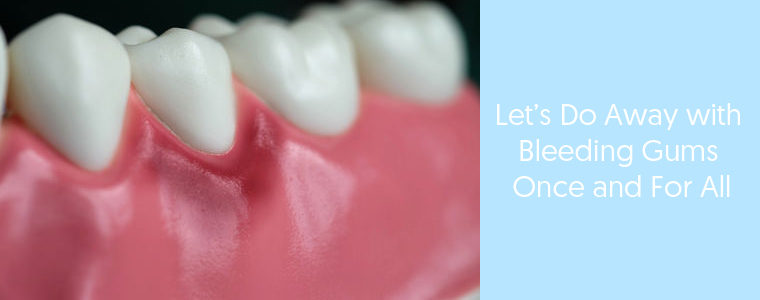
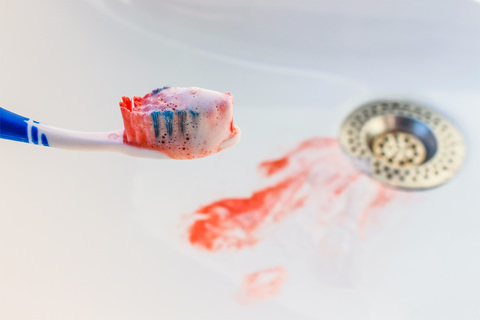
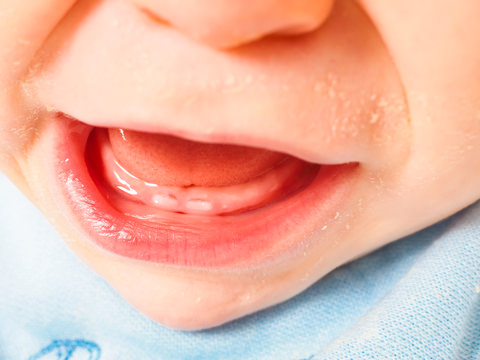
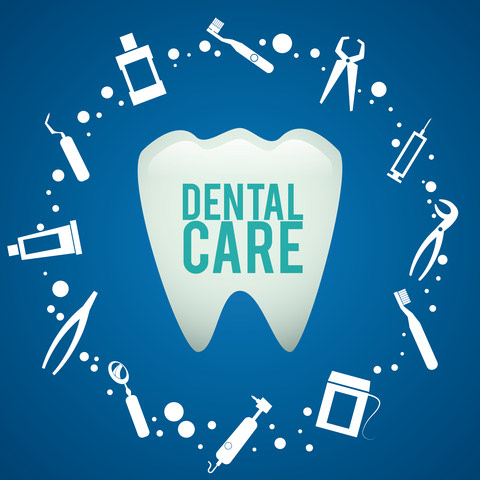

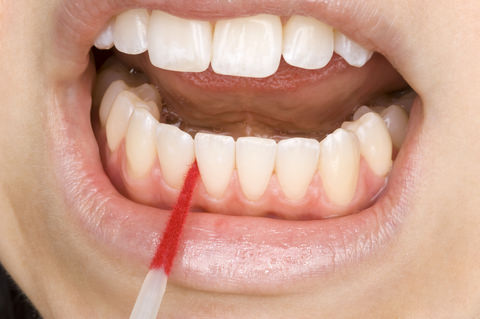

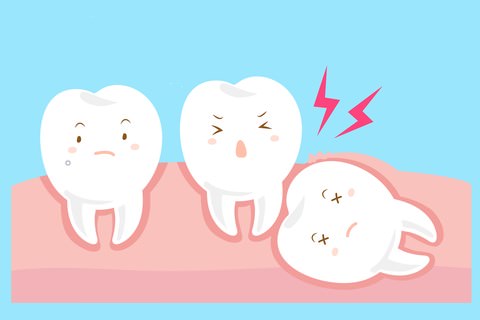
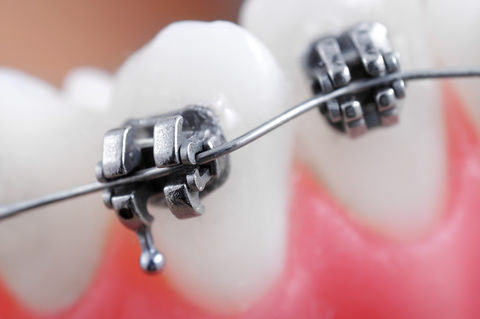
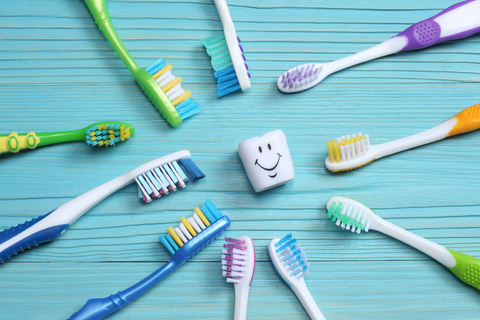

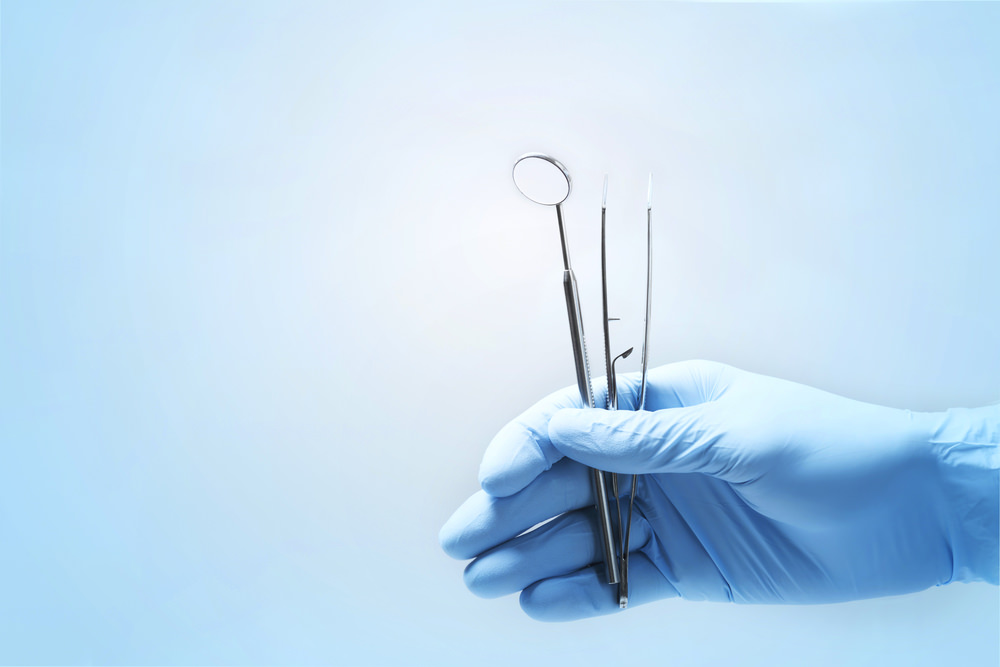

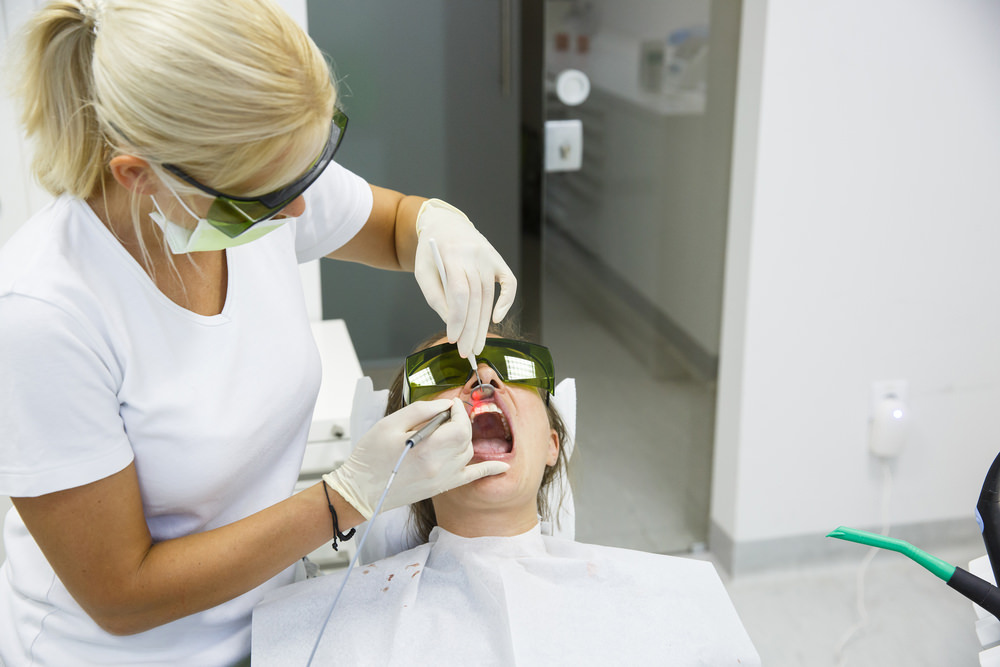
Gia Chairez7 years ago
Great Compilation !
Dental Aware7 years ago
Thanks, Gia, glad you liked it!
loretta csanyi7 years ago
Great information! Thanks!
Dental Aware7 years ago
You’re welcome Loretta. Thanks for letting us know.
Fiona Manonn4 years ago
Thank you for this amazing article..I really appreciate it..
Andrew Adams4 years ago
Thanks Fiona for your comment and feedback. Much appreciated!